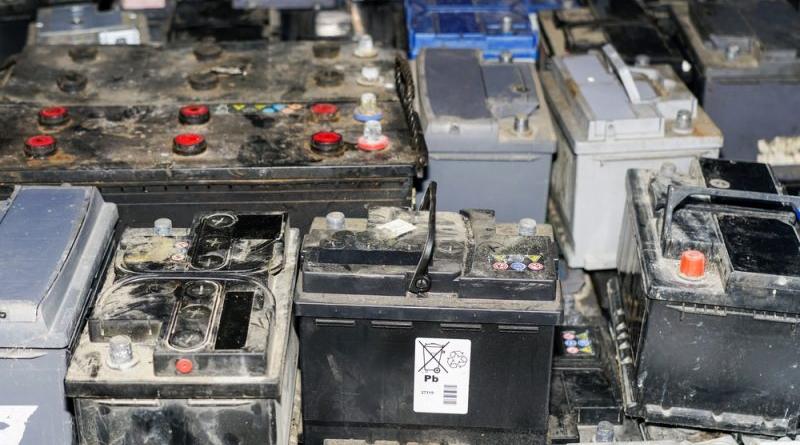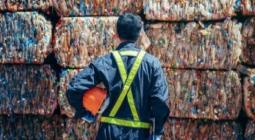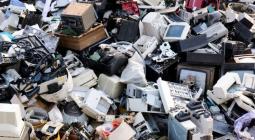The European Commission has laid out ambitious targets when it comes to the recycling of Critical Raw Materials. While most of the waste that could be recycled is currently shipped to Asia, the EU’s batteries regulation could help kick-start the European recycling market for Critical Raw Materials.
In its Critical Raw Materials Act that was proposed in mid-March, the European Commission set ambitious targets for recycling. Around 15% of the demand for raw materials that are considered strategic should come from recycling in the future.
However, almost all the 16 raw materials that the European Commission deems critical are currently not being recycled in Europe. Most of the recyclable waste is shipped to Asian countries like China or South Korea.
“More importantly than to set benchmarks like the 15% is to make sure that recyclable raw materials stay in Europe,” Bernd Schäfer, CEO of EIT RawMaterials, told EURACTIV.
While the European recycling market is still in its infancy when it comes to most of the strategic raw materials, it is another European legislative file that could already help kickstart the recycling market for some of these materials: the batteries directive.
Boosting the recycling market
The batteries regulation, which was approved by the co-legislators in December, already aimed to build a stronger European recycling industry, particularly for lithium.
It provides that newly built batteries must contain a set percentage of recycled material, which will increase the demand for recycled materials.
“There are strong synergy effects between the Critical Raw Materials Act and the Batteries Regulation,” Julia Poliscanova, Senior Director at the NGO Transport & Environment told EURACTIV.
“In the battery regulation, you create the demand for these recycled materials and with the Critical Raw Materials act, you’re helping more on the supply side to really push projects though,” she added.
The batteries regulation also includes ambitious recycling targets that will rise from 45% by 2023 to 73% by 2030. Batteries include some of the raw materials that are of strategic importance for the EU, according to the Commission, such as lithium, cobalt or graphite.
“The Battery Regulation also helps on the supply side, as most of the nickel, cobalt and lithium in batteries have to be recycled. So you guarantee that there will be a supply of these materials,” Poliscanova said.
Which materials to recycle
One of the especially underdeveloped recycling markets is lithium, with which demand is expected to triple by 2030 due to its usage in car batteries.
“Between 30% to 40% of the current battery cost is coming from lithium, which is the main driver behind the recent increase in battery cost. Because of its relative importance in the total cost of a battery, the steady supply of lithium is particularly important,” Kristian Ruby, Secretary General of Eurelectric, an association for the European electric industry, told EURACTIV.
However, there are also two other candidates for recycling that are currently deemed a strategic priority by the European Commission.
The demand for graphite, which accounts for around 50% of batteries material, for instance, is expected to skyrocket by 14 times by 2050. However, up until now, graphite is not recycled within the EU.
“We think that it’s absolutely critical to look at recycling of the graphite part of a battery in the future when this market becomes very big,” general manager of the graphite producer Vianode, Stian Madshus, told EURACTIV.
For Madshus, recycling graphite should be part of the total solution. “In traditional kind of recycling, graphite is incinerated in a pyrometallurgical process. This is a huge waste because a lot of energy and resources are put into producing graphite,” he said, adding that their research indicates that recycling graphite from scrap has “very good results”.
However, the recycling of graphite would only make sense to reduce supply risks, not from an environmental standpoint, according to the NGO Transport & Environment
“The amount of energy that it actually takes to recycle graphite is pretty much the same and produces the same amount of CO2 as producing new graphite. So environmentally, there is not such a big case to actually recycle graphite,” Poliscanova from Transport & Environment said.
“The problem is the specific graphite we use in batteries mostly comes from China. So it’s about diversification more than recycling when it comes to graphite,” she added.
[Edited by Nathalie Weatherald]






